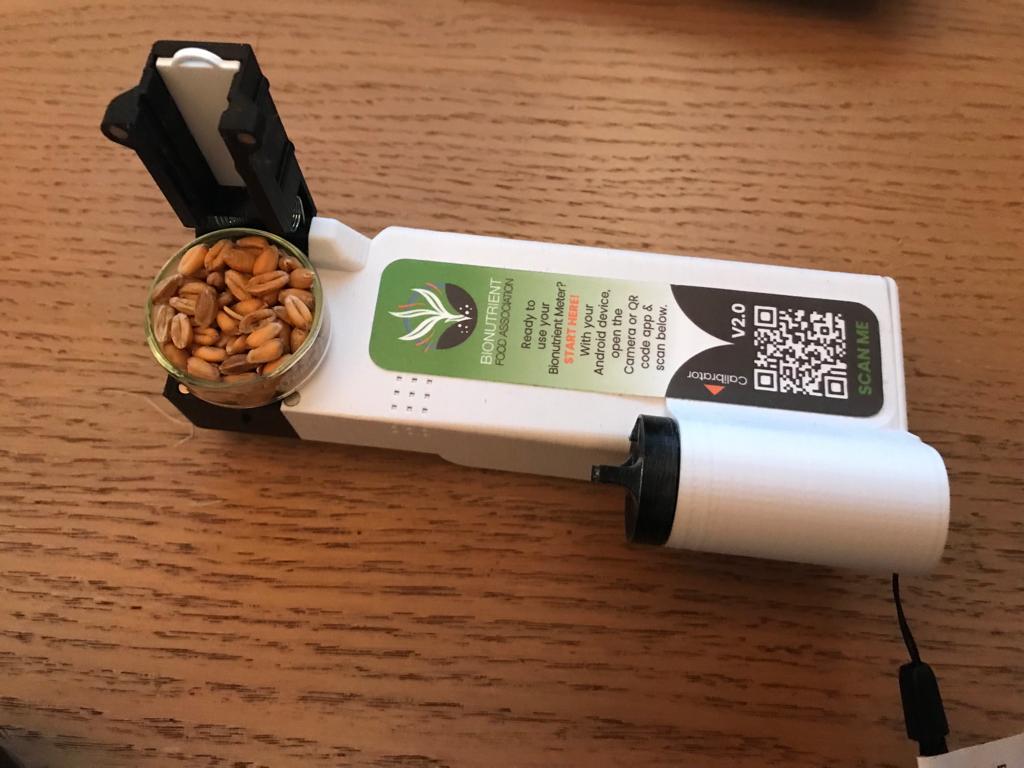Wow, yet another dry Spring/Summer. Anybody who doesn’t believe in climate change can hardly deny that temperature and weather conditions are changing!
This however especially just shows the importance of Carbon (as if it ever wasn’t important!) the extra water holding capacity was vital to keep crops going for those extra days in conditions such as these are vital. Did you know it takes 82 litres of water to grow one apple! Which is why we had small apples around here this year as we just did not get the vital ingredient (Water), we can be fantastic farmers but without water we are going nowhere!
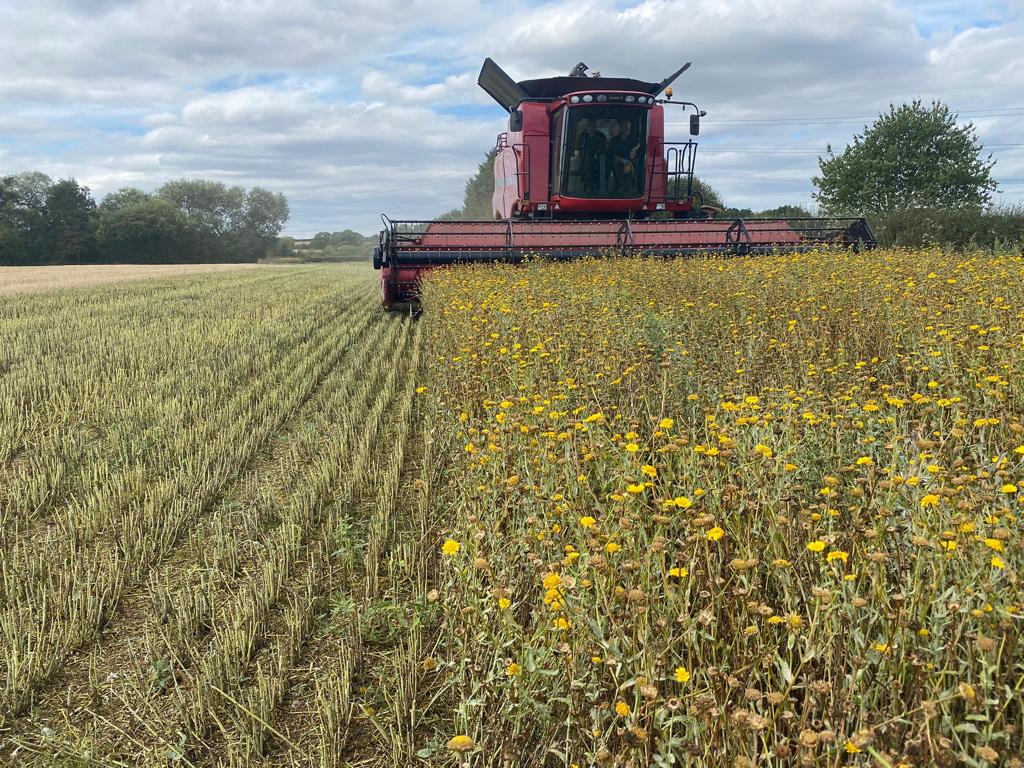
One crop which really stood out for me on that subject was my Spring Beans, since where I had not grazed my cover crops and drilled on the green using my crimper roller (made by TT engineering) to destroy the cover crop, I had got twice the crop of beans. This was because the soil had been thatched with cover crop, retaining water and keeping the soil cool, allowing biology to keep working for longer. Once soils dry out, biology goes dormant. Once again, I have grown beans with no herbicides, fungicides or insecticides, making them a viable GM: the ungrazed fields came in at 4.8/ha which for the year I was happy with; unfortunately, the grazed fields came in at half that! Has this changed my opinion of sheep? Yes and No. I feel the answer lies in what works on your own farm (as ever) but for me they are a tool which I can use when needed (we do not own our own sheep, they just come when invited). So, if I had a forward crop that needed reducing for different reasons as in disease etc I would use sheep as a tool to manage the crop! Will I be grazing in front of Beans? Defiantly not!
Fungicides are, I feel, now a distant memory for me (touch wood!) as once again they have not been used here! The difference in residue breakdown since ceasing their use is remarkable with debris gone very quickly digested by fungi as nature intended, with no barrier there to stop the breakdown.
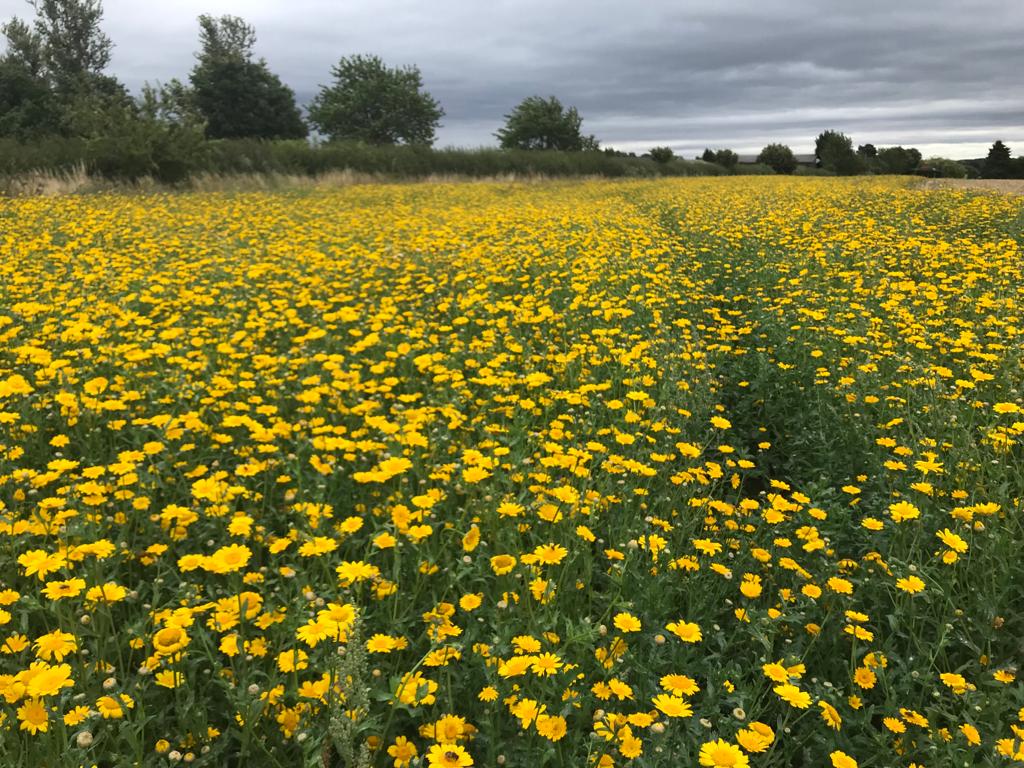
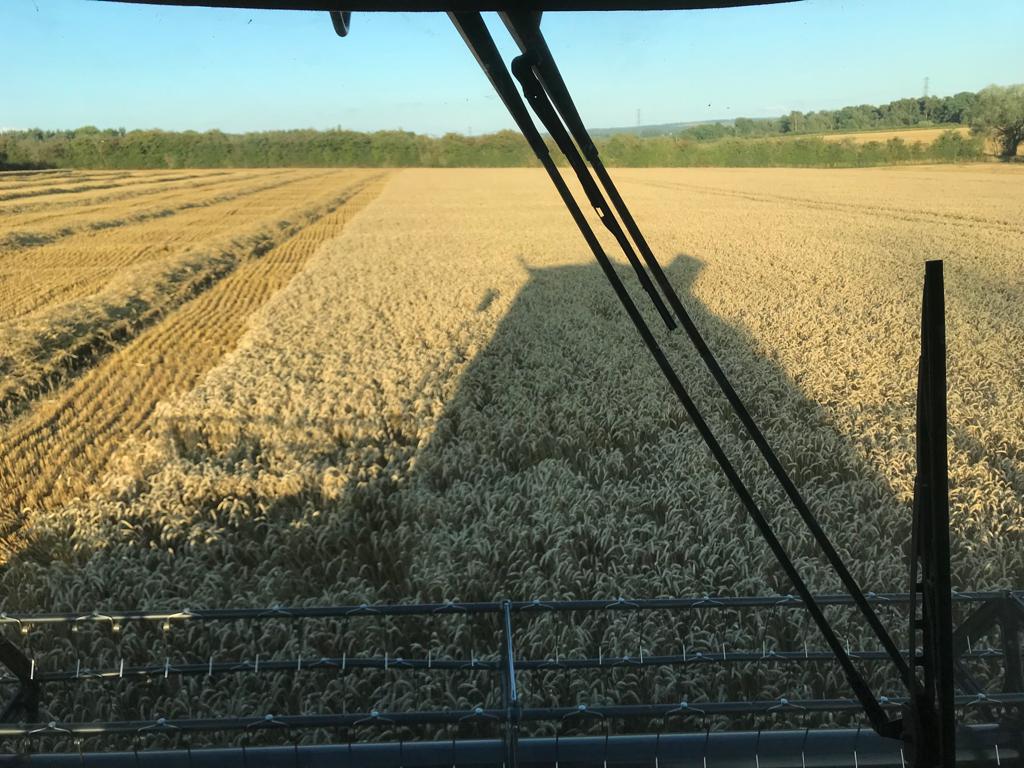
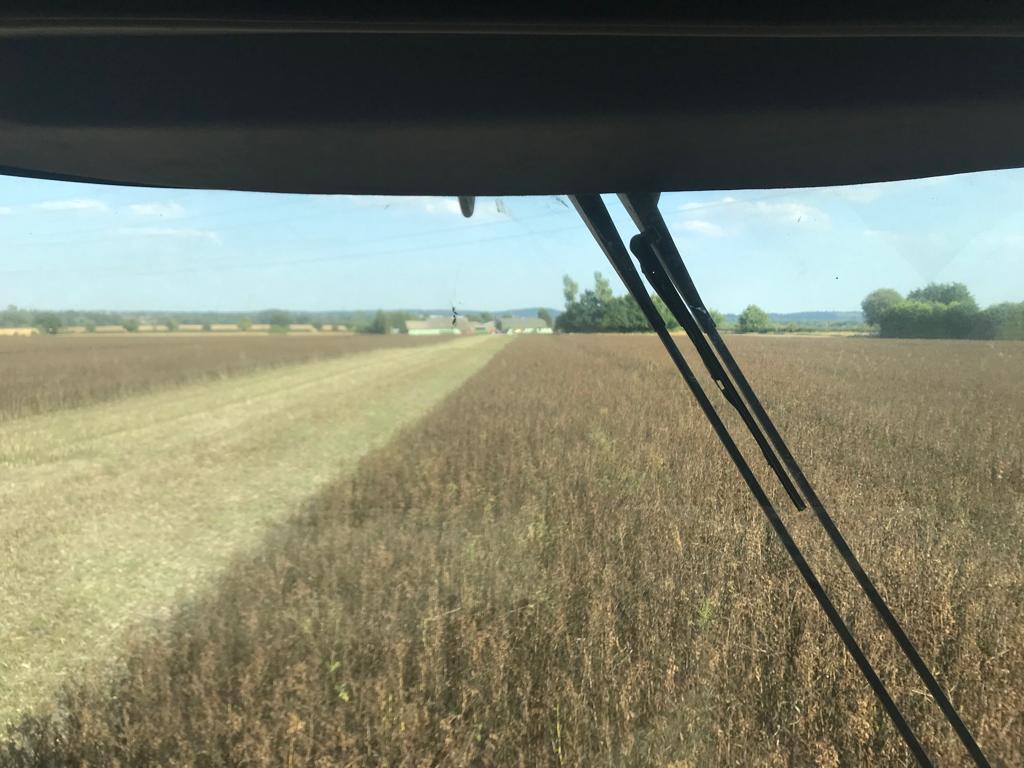
Wheat yields were very variable here from 7.5t/ha to 12t/ha; the highest yield coming from the foliar fed crop which was 50kg soil applied N and 28 l foliar applied N. I did a larger acreage of foliar applied this year (thank goodness). Using sap testing to monitor the crop allows me to put into practice that of Intelligent Farming which allows me to make informed decisions all the way through the growing season. My aim being to achieve top yields with the least investment, but I still do not class myself as a low input farmer as I will spend money if the likely return is going to be there. That is intelligent farming.
Working with Edaphos Agronomy we ran a large Nitrogen trial this year, which was not the easiest of Springs to run the trial, but it gave some remarkably interesting results! The most noticeable being that the 240kg/N/ha did not yield any more than 160 kg/ha and was exactly the same for my farm average of 120kg plus 10 L of foliar N. So, is this down to my soils producing more N? Or, was it just the fact that we did not get enough water? Whichever the reason a lot of money was saved across the farm from the old norm of 240kg! Which would have burnt out a lot of Carbon in its excess. Also, my C+arbon foot print for the crop is a lot lower giving me another income potential.
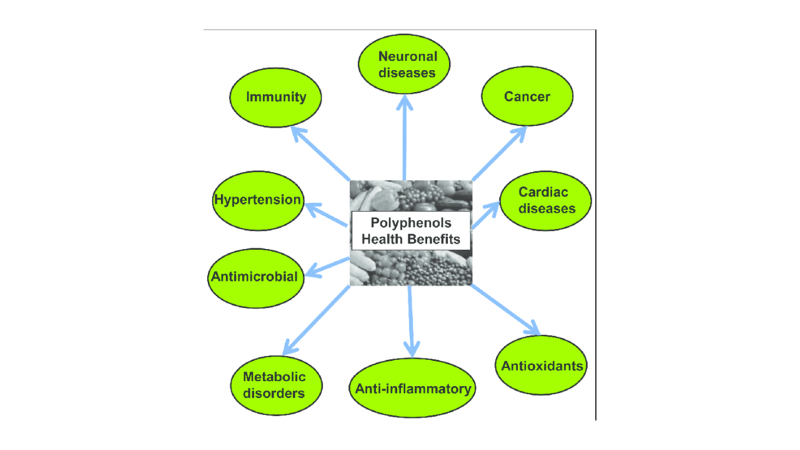
A new crop for me this year was growing Corn Marigolds and Corn Flowers for seed, for a company called “Yourgreen” who we work in partnership with as Green Farm Collective. These will go into seed packets to be grown on by individuals or companies who want to grow their own biodiversity to make a difference to the planet in which we live. This was a new experience for me regarding combine settings due to the crops having to be cut green! This takes some careful setting up as not to block the combine! A job which should be avoided at all costs! With combing achieved, the next challenge was drying the crop – don’t I just love a challenge! With such a small amount of seed, a different way was needed……and with the use of pallets and a big fan (see pictures) the job was achieved (result!)
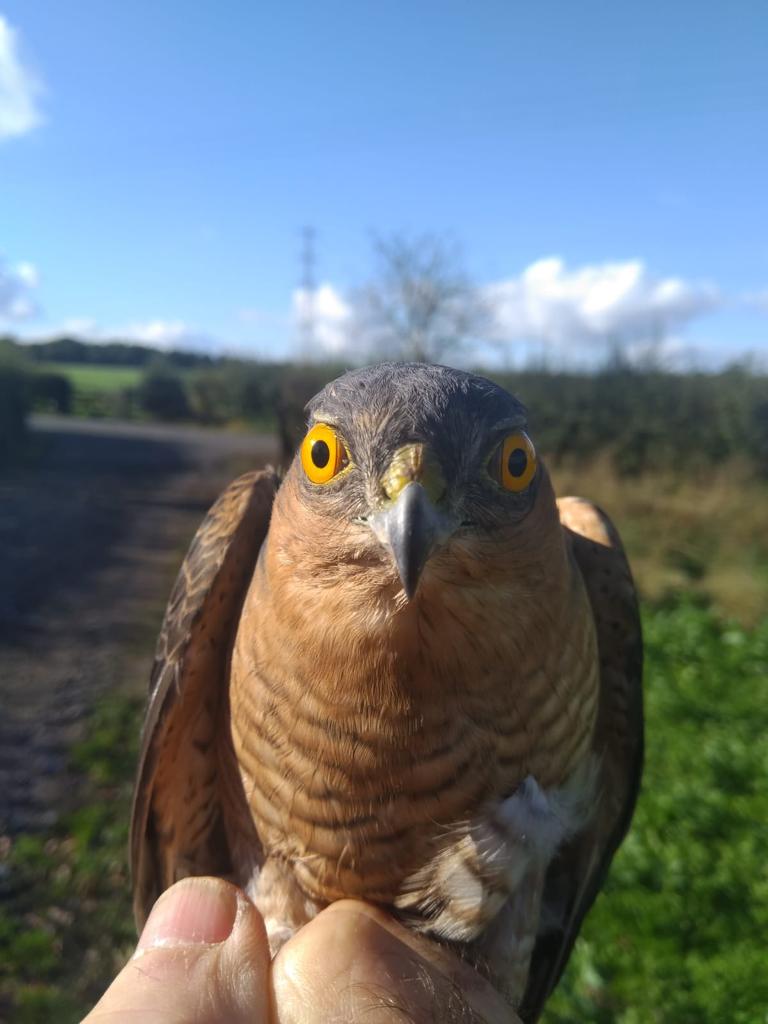
As you all know, high nutrition food is always my aim on this journey and this year I have invested in the Bionutrient meter which can really start to tell me how good the food is in my garden and on the farm! This to me is really what growing healthy food is all about. Please see the picture to show what polyphenols do for us all! I have tested my wheat against some conventional wheat, and you can guess which came out top by a long margin! This for me is where I see food production going and will be bought on its health benefits.
On a lighter note, we have installed a new bird hide on the farm which is a fantastic addition now that we are trading our biodiversity: which has been done through Green Farm Collective in the form of cover crops and flower/bird food margins. This is a valuable new income to the farm and one which I hope will grow year on year! The story involved is a valuable story and one which the sponsor will use to sell their business in what they are doing to their customers. Days will include bird watching and the planting of trees which is all part of the package. Remember we as farmers are the heroes of the world as we are the only ones that can feed a growing population and heal the planet at the same time! Which is why it’s so important that we stand together (for once) and not sell ourselves short on the Carbon / Biodiversity market.


